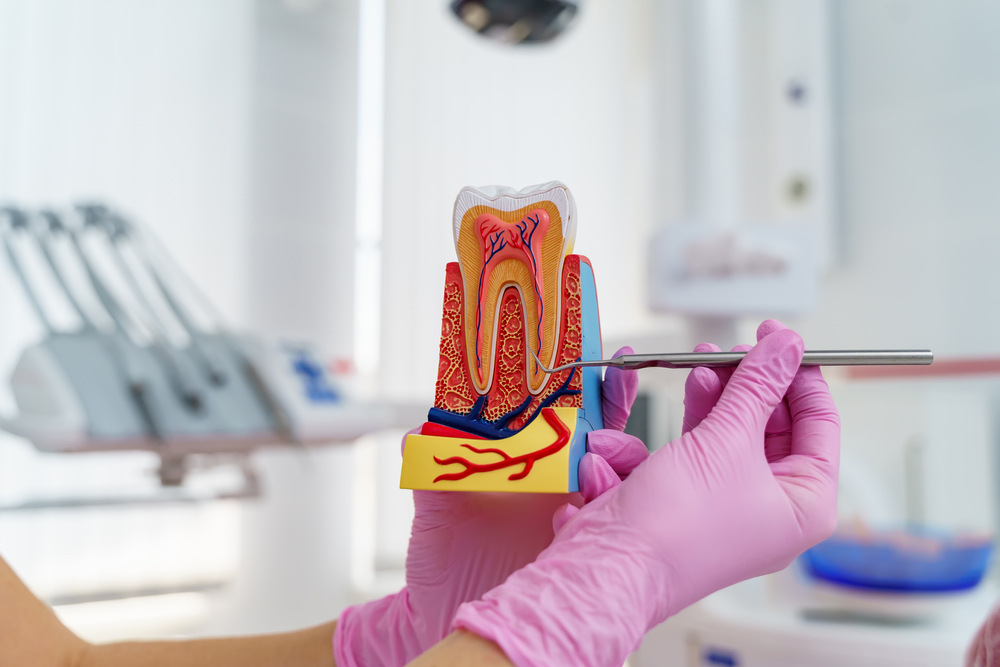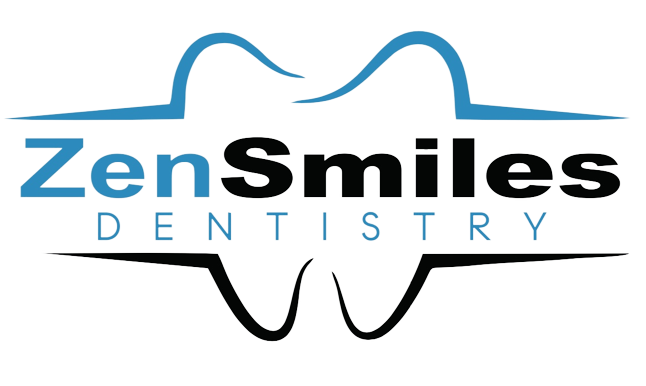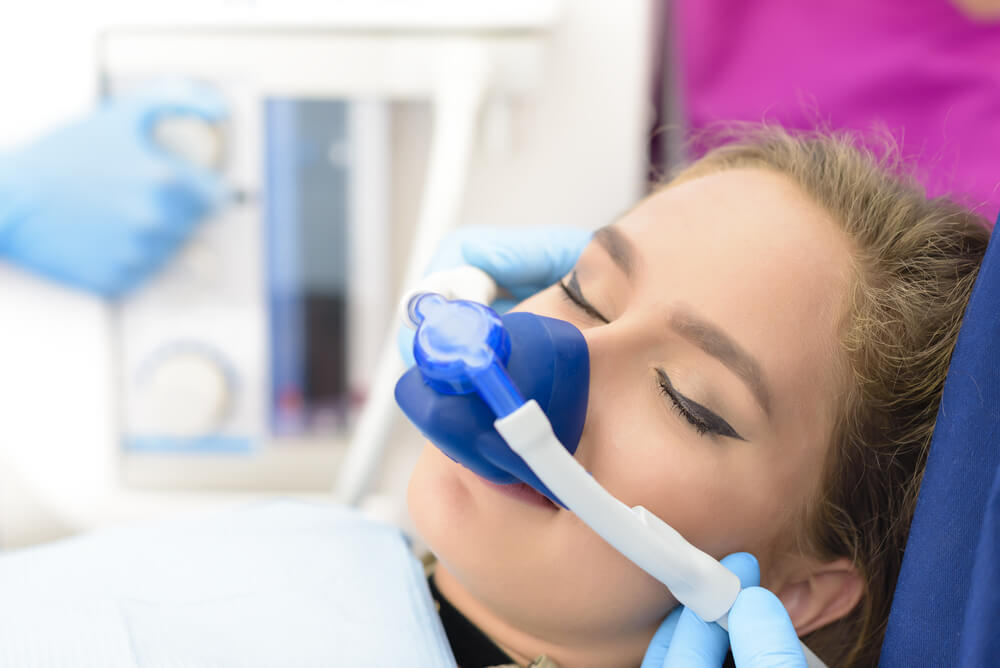A tooth extraction, also known as dental extraction, is a common dental procedure in which a tooth is removed from its socket in the jawbone. While the thought of having a tooth pulled may seem daunting, understanding the reasons for extraction, the treatment process, and proper aftercare can help alleviate anxiety and ensure a smooth recovery.
Reasons For Tooth Extraction
There are several reasons why a tooth may need to be extracted, including:
- Severe Tooth Decay: Advanced tooth decay that has damaged a significant portion of the tooth may require extraction if it cannot be effectively restored with a filling or crown.
- Gum Disease: Advanced periodontal (gum) disease can cause teeth to become loose and eventually necessitate extraction to prevent further damage to surrounding tissues.
- Impacted Wisdom Teeth: Wisdom teeth, also known as third molars, may become impacted (unable to fully emerge from the gum line) or cause crowding or misalignment of other teeth, requiring extraction.
- Orthodontic Treatment: In some cases, tooth extraction may be necessary as part of orthodontic treatment to create space for proper alignment of the remaining teeth.
- Trauma or Injury: Teeth that have been severely damaged due to trauma or injury may need to be extracted if they cannot be adequately repaired.
- Overcrowding: Extraction may be recommended to alleviate crowding in the mouth, especially when there is insufficient space for the teeth to erupt properly.
What Can I Expect From The Treatment Process?

1. Pre-Extraction Evaluation: Before the extraction procedure, your dentist will conduct a thorough examination of your oral health, including dental X-rays to assess the position and condition of the tooth. You’ll also discuss any existing medical conditions, medications, and anesthesia options.
2. Anesthesia: During the extraction procedure, local anesthesia will be administered to numb the area around the tooth. In some cases, sedation or general anesthesia may be used to ensure patient comfort, especially for more complex extractions or anxious patients.
3. Extraction Procedure: Using specialized instruments, such as forceps or elevators, the dentist will gently loosen the tooth from its socket and carefully remove it. In some cases, the tooth may need to be sectioned into smaller pieces for easier removal.
Aftercare Steps
After the tooth extraction, it’s essential to follow your dentist’s instructions for proper aftercare to promote healing and prevent complications. Here are some common aftercare steps:
- Bite On Gauze: Bite down gently on a piece of clean gauze over the extraction site to help control bleeding and promote blood clot formation. Replace the gauze as needed until bleeding stops.
- Take Pain Medication: Your dentist may prescribe pain medication or recommend over-the-counter pain relievers to manage any discomfort or swelling. Follow the dosage instructions carefully.
- Apply Ice Packs: Applying ice packs to the affected area can help reduce swelling and discomfort. Use ice packs for 10-20 minutes at a time, with breaks in between, for the first 24 hours after extraction.
- Eat Soft Foods: Stick to soft, easy-to-chew foods for the first few days after extraction to avoid putting pressure on the extraction site. Avoid hot, spicy, or crunchy foods that may irritate the area.
- Avoid Smoking And Alcohol: Smoking and alcohol can delay healing and increase the risk of complications such as dry socket. Avoid smoking and alcohol consumption for at least 24-48 hours after extraction.
- Practice Good Oral Hygiene: Continue brushing and flossing your teeth as usual, but avoid the extraction site for the first 24 hours. Afterward, gently rinse your mouth with warm salt water to help keep the area clean and promote healing.
You’re In Good Hands With Zen Smiles Dentistry In San Ramon
Tooth extractions are a common procedure and may be necessary for various reasons, including severe decay, impacted wisdom teeth, or orthodontic treatment. While the thought of having a tooth pulled may be intimidating, understanding the treatment process and following proper aftercare instructions can help ensure a smooth recovery and optimal healing. If you have any concerns or questions about a tooth extraction, don’t hesitate to discuss them with Dr. Aggarwal. With proper care and attention, you’ll be back to smiling and eating comfortably in no time. For a tooth extraction or any other dental concerns, call Zen Smiles Dentistry at 925-837-4486.

